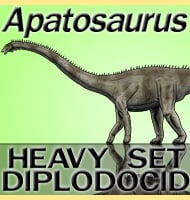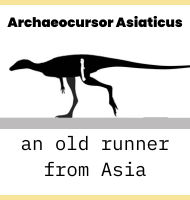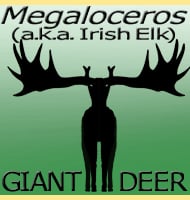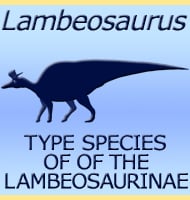Long neck dinosaurs, known as sauropods, were among the largest animals to ever walk the Earth.
These giant Dinosaurs with long necks roamed our planet millions of years ago, feeding on plants and shaping their environments.
Yes, sauropods were herbivores.
These large, plant-eating dinosaurs had long necks that let them reach leaves high in trees.
Sauropods fed on plants like ferns, conifers, and cycads.
Their simple teeth were good for stripping leaves but not for chewing.
They swallowed plants whole and relied on their big stomachs to digest the food.
These giants had small heads and massive bodies.
Some, like the Argentinosaurus, were among the largest land animals ever. Their fossils help scientists learn about life millions of years ago.
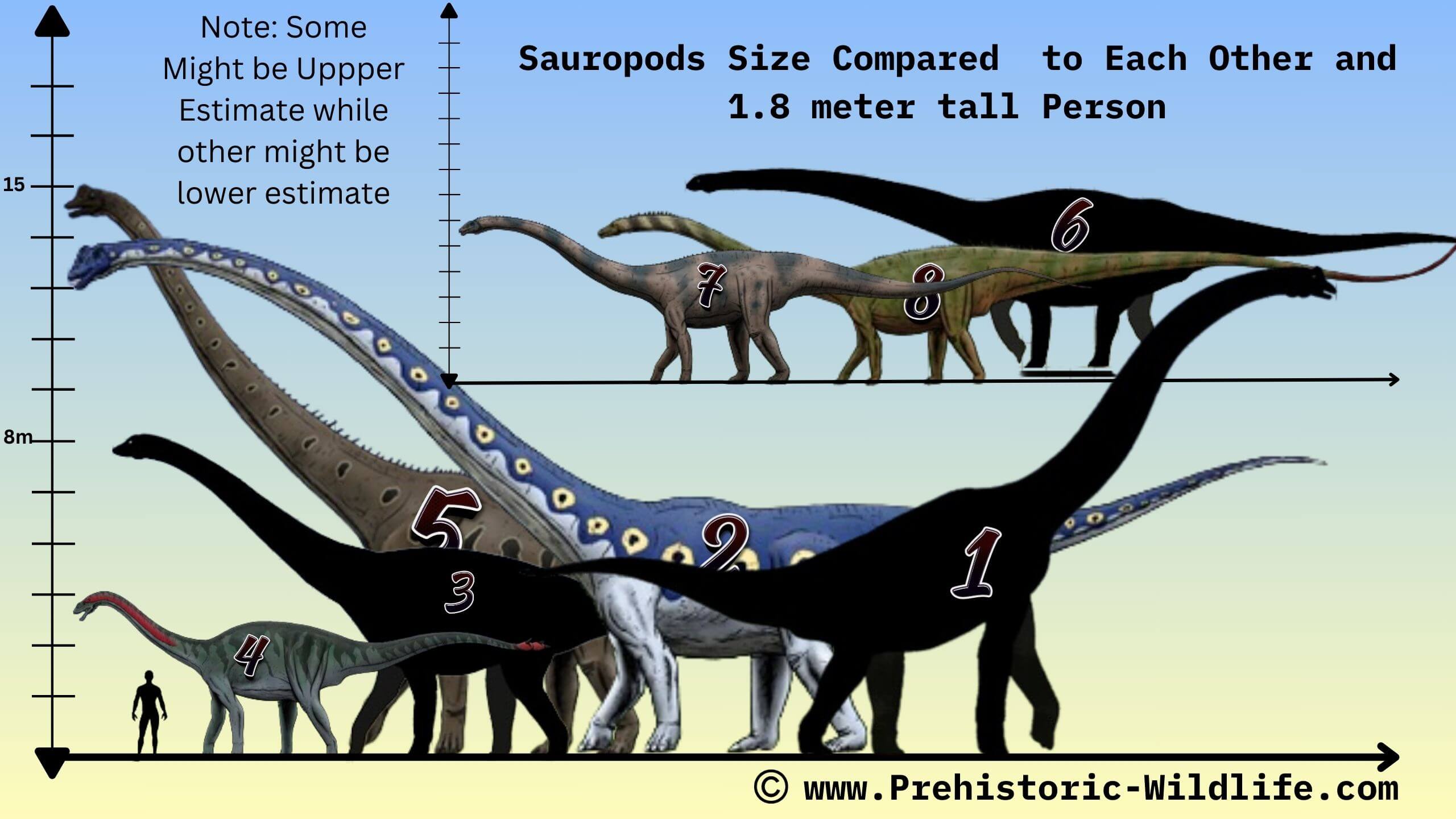
Here’s a hierarchical classification tree that places Sauropods within the broader context of dinosaur taxonomy, For better understanding:
- Archosauria (includes dinosaurs, crocodiles, and their extinct relatives)
- Dinosauria
- Saurischia
- Theropoda
- Sauropodomorpha
- Sauropoda (Long Necked, Herbivorous Dinosaurs)
- Diplodocidae
- Brachiosauridae
- Titanosauria
- Other Families
- Sauropoda (Long Necked, Herbivorous Dinosaurs)
- Saurischia
- Dinosauria
Top 20 Long-Necked Dinosaurs
1. Apatosaurus
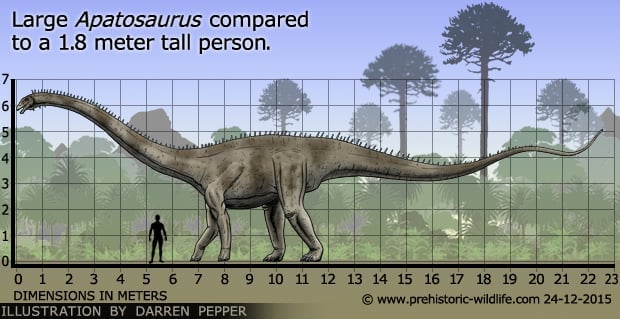
Time Period: Late Jurassic (154–150 million years ago)
Location: North America
Also called the “deceptive lizard,” Apatosaurus grew up to 75 feet long.
It had a long neck, a long tail, and strong legs.
Early scientists confused it with Brontosaurus, but they now consider it a separate genus.
- Long neck used to reach high vegetation (Leaves)
- Heavy body with strong limbs
- Tail possibly used for defense
2. Brachiosaurus

Time Period: Late Jurassic (154–153 million years ago)
Location: North America, Africa (What was once considered African Brachiosaurus fossils are now assigned to Giraffatitan)
Brachiosaurus stood tall, with longer front legs than back legs.
This posture gave it a giraffe-like stance, allowing it to eat leaves from tall trees.
- High-reaching neck for feeding on treetops
- Nostrils on top of its head
- Tall stance, like a giant giraffe
3. Diplodocus

Time Period: Late Jurassic (154–152 million years ago)
Location: North America
Diplodocus was one of the longest dinosaurs, measuring up to 90 feet.
It had a long neck and tail but a relatively small body.
- Long, whip-like tail
- Peg-like teeth for stripping leaves
- Slender build compared to other sauropods
4. Brontosaurus

Time Period: Late Jurassic (156–145 million years ago)
Location: North America
Reconfirmed as a distinct genus in 2015, Brontosaurus grew about 72 feet in length.
Its neck Stretched forward, not upward.
- Long neck for reaching plants
- Strong, heavy body
- Likely lived in groups, herds
5. Argentinosaurus

Time Period: Late Cretaceous (96–92 million years ago)
Location: South America
One of the largest known land animals, Argentinosaurus reached up to 100 feet long.
- Massive size and weight
- Large vertebrae and limb bones
- Lived in warm, forests
6. Alamosaurus

Time Period: Late Cretaceous (70–66 million years ago)
Location: North America
Alamosaurus was one of the last sauropods before dinosaurs became extinct.
It lived in dry areas of the current southwestern United States.
- Large size, up to 70 feet long
- Bony plates in its skin (for protection)
- Adapted to dry environments, habitats
7. Mamenchisaurus

Time Period: Late Jurassic (160–145 million years ago)
Location: China
Known for having one of the longest necks, about half of its body length.
- Neck up to 49 feet long
- Helped scientists understand sauropods neck evolution
8. Giraffatitan

Time Period: Late Jurassic (150 million years ago)
Location: Tanzania
Originally thought to be a species of Brachiosaurus, Giraffatitan stood tall like a giraffe as the name suggests.
- Long front legs and neck
- Lighter bones to support its height
- Lived in semi-arid areas
9. Supersaurus
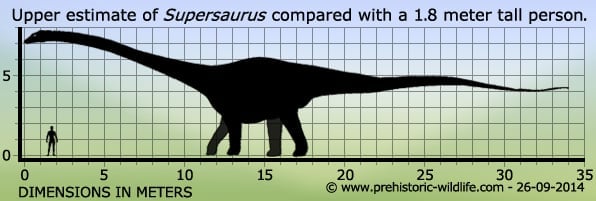
Time Period: Late Jurassic (153 million years ago)
Location: North America
Supersaurus could reach lengths over 100 feet, making it one of the longest dinosaurs.
- Very long neck and tail
- Lighter build compared to other large sauropods
- Possibly among the longest creatures to walk the Earth
10. Dreadnoughtus

Time Period: Late Cretaceous (77 million years ago)
Location: Argentina
Dreadnoughtus is one of the most complete giant dinosaur skeletons found of a sauropod so far.
It provides valuable information about the anatomy of large sauropods.
- Weighed about 65 tons
- Strong limbs to support its size and massive weight
- Lived in forested floodplains
11. Patagotitan
Time Period: Late Cretaceous (102–95 million years ago)
Location: Argentina
Patagotitan may be the largest, Biggest dinosaur discovered so far.
- up to 122 feet long
- Grew Quickly
- Shared its habitat with other large dinosaurs
12. Shunosaurus

Time Period: Middle Jurassic (170 million years ago)
Location: China
Smaller than many sauropods, about 35 feet long, and Shunosaurus had a club at the end of its tail, Tail Club.
- Shorter neck than many other sauropods
- Tail club for defense
- Teeth suited for tougher plants
13. Omeisaurus
Time Period: Middle Jurassic (165 million years ago)
Location: China
Omeisaurus had a long neck, about 30 feet. and lived in what is now Sichuan Province.
- Neck about 30 feet long
- Teeth for stripping leaves
- Likely moved in groups
14. Amargasaurus
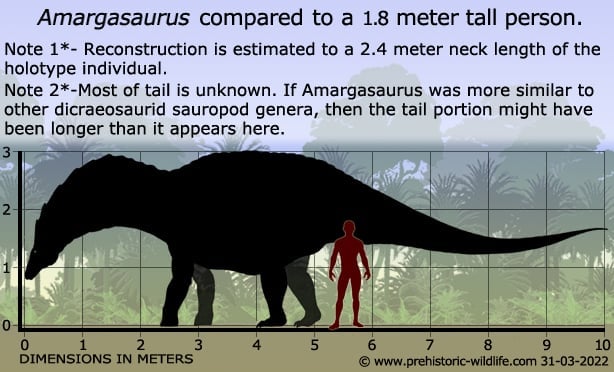
Time Period: Early Cretaceous (129–122 million years ago)
Location: Argentina
Amargasaurus had two rows of spines on its neck and back.
- Spines may have supported a sail
- Smaller size, about 33 feet long
- Lived in floodplain areas
15. Euhelopus
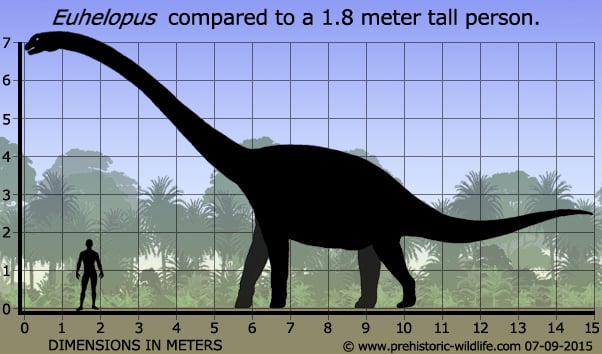
Time Period: Early Cretaceous (130 million years ago)
Location: China
Euhelopus had a unique skull and neck structure, helping scientists study how sauropods ate and sensed their environment.
- Narrow snout with forward nostrils
- Teeth for soft plants
- Possibly lived near water
16. Barosaurus

Time Period: Late Jurassic (155–150 million years ago)
Location: North America
Barosaurus had a very long neck, possibly longer than that of Diplodocus.
- Neck over 30 feet long
- No skull found so far
- Used its neck for feeding and maybe defense
17. Camarasaurus

Time Period: Late Jurassic (155–145 million years ago)
Location: North America
Camarasaurus was one of the most common sauropods in North America.
- Shorter, sturdy neck
- Strong teeth for tough plants
- Evidence suggests possible parental care for young
18. Saltasaurus

Time Period: Late Cretaceous (70–66 million years ago)
Location: Argentina
Saltasaurus was smaller than many sauropods and had bony plates (armor) in its skin.
- First sauropod found with armor plates
- Lived in groups
- Adapted to dry conditions, environments
19. Jobaria

Time Period: Early Cretaceous (135 million years ago)
Location: Niger
Jobaria provides insight into sauropod evolution in Africa.
- Up to 60 feet long
- Simple vertebrae structure
- Grew in isolation, suggesting slow changes
20. Futalognkosaurus

Time Period: Late Cretaceous (87 million years ago)
Location: Argentina
Futalognkosaurus a.k.a giant chief lizard, was a large titanosaur from South America.
- About 85 feet long
- Strong hips and pelvis
- Lived near lakes and rivers
Conclusion
These 20 long-necked dinosaurs were remarkable creatures that once roamed the Earth.
Their enormous size and towering long necks show how many different kinds of dinosaurs lived during that time.
By examining their fossils, we learn how they found food, raised their young, and interacted with their ancient habitats.

